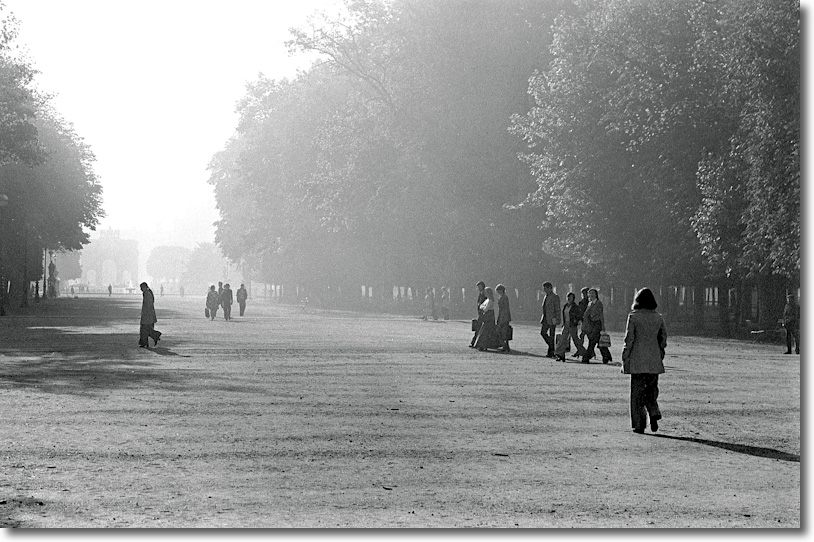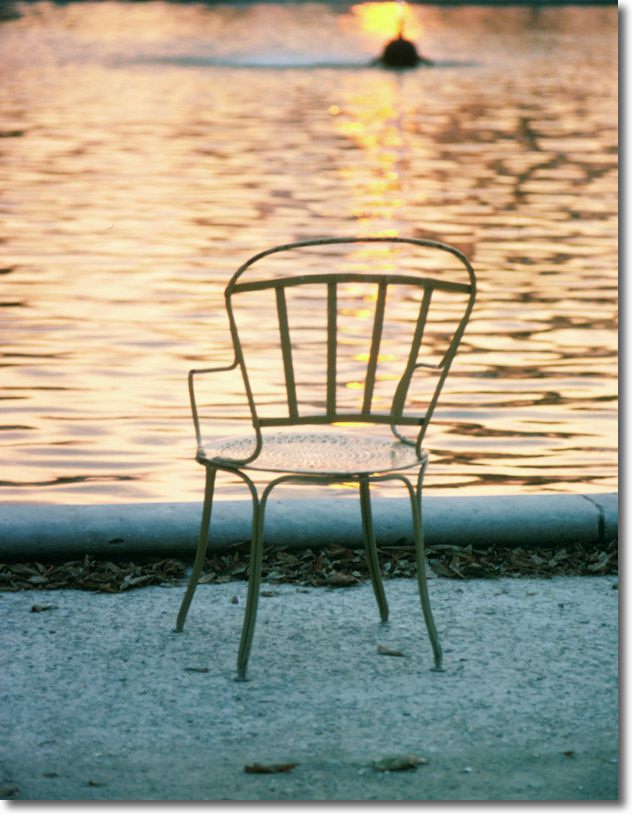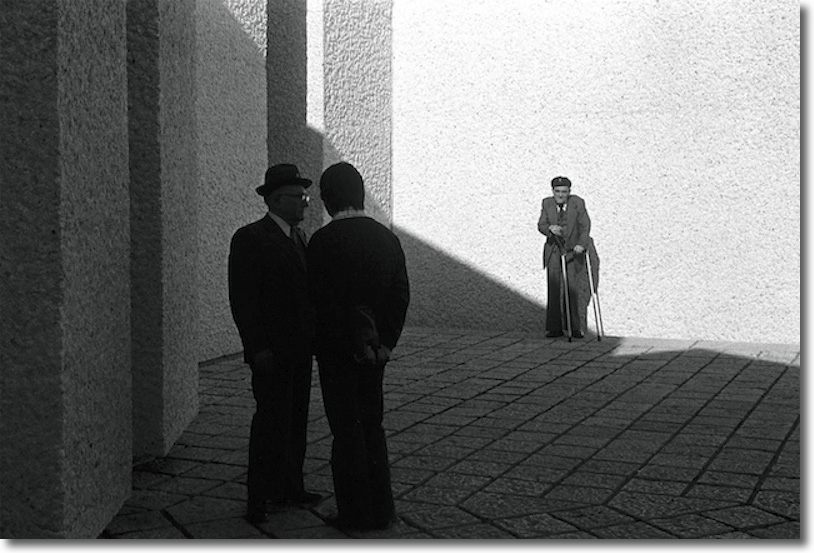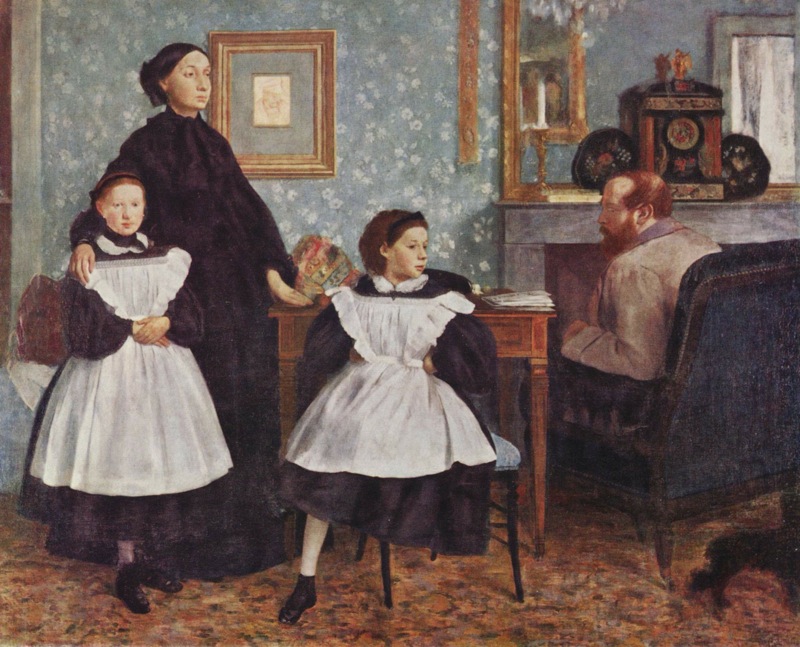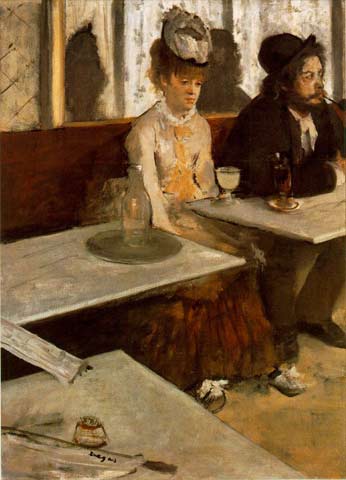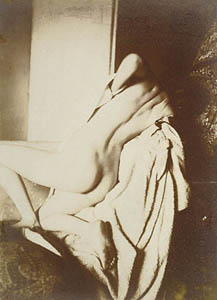Let’s face it. Your photographs are no good until you have shown them to the world. Whether that means your next door neighbor, an exhibition at the local town hall, a book or the virtual universe, the world is waiting.
One thing you can be sure of is that the world will most certainly not come to you.
So if you don’t screw up your courage and expose your work to the broadest possible audience, you will never know whether it is any good.
I know of what I write. I have had my work published in competitions, put out a book of my pictures and a while back started a Photoblog. I have an extensive web site of my pictures. Be assured, only someone with the ego of Attila the Hun would venture into any of these display avenues without a few butterflies in the old stomach. Why? You know why. You will now be subjected to criticism from all and sundry. The critics will all be strangers. Only friends and relatives will be consistently supportive and nice, even though much of their feedback will be damning with faint praise.
But without criticism, how will you ever know if your work is any good?
Not fair, you say. Like Oscar Wilde’s Lord Darlington, you believe that all critics are, at best, cynics who know the price of everything and the value of nothing.
Look, even Wilde made a living as a critic before he started earning income from his plays. And you can be consoled by the knowledge that when you do finally expose your work to criticism, you will be dealing with the same, bunch of snobs, ignoramuses, morons, petty idiots, ill educated fools and sundry other losers that plagued Wilde. But without them your work will never be seen or appreciated. Is that not one of the reasons you take photographs – recognition and appreciation by your fellow man?
My experiments with criticism started when I got my first serious camera, the Leica M3 I use to this day, in 1973. As I started making street pictures which I thought had merit I began to submit them to the many photography magazines in the England of my youth, only to be rewarded by much critical feedback. Sadly, most of it was printed in form letters known as rejection slips. Very hurtful. How could everyone else not like my work? Plus, let’s face it, as a poor student whose scholarship money and governmental support could only go so far I needed the money for film and paper. So I kept banging away and as my ability to produce decent prints gradually improved the Honorable Mentions and better started to roll in. I must have been doing something right because the leading photography magazine of the day, a monthly named, originally, ‘Photography’, saw fit to award me The Photographer of the Year award – for one single picture no less! – in the mid-1970s. An award built on rejection slips. Here is that picture, if you must ask, dust spots and all. You did ask, didn’t you?
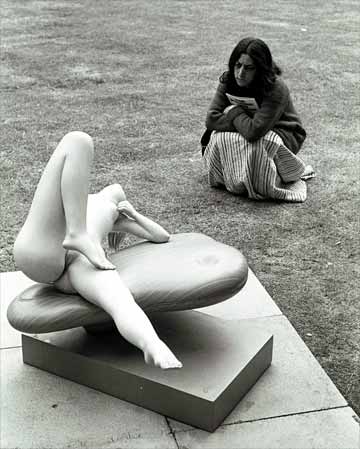
What a joke. One picture makes you Photographer of the Year. Of course, by that time you had paid your dues with any number of rejection slips, Honorable Mentions, Third Prizes, Second prizes, and so on. So acceptance had to be due any time soon. Like being a frequent poster to a discussion forum at your favorite internet chat board, say. The fact that your content is undiluted tripe, the fact that your claims to fame are never substantiated with a single picture, just having done your time and consistently published your work makes you accepted and lauded.
About the same time Leica Fotografie, the house organ of the camera maker of the same name, published a snap I had taken on Rue Mouffetard in Paris and I thought I had arrived.
So I stopped submitting pictures for publication. I had beaten the system. I had got inside the minds of those lousy critics, the same ones who had sent me all those rejection slips, and beaten them at their own game. It didn’t hurt that I still liked the work I was submitting, but I no longer needed the rewards, economic and psychic, which resulted. I now had a full time job and could take pictures to please me, not the critics.
Well, of course, that was all wrong. For twenty years thereafter I banged away, filling boxes with beautiful 8 x 10†prints which no one ever saw. I was self-satisfied with my work and did not need anyone else to tell me it was good. Or bad.
Yet something was missing. As human beings we all have an ego and not one of us dislikes being told that his work is good. Why, screw up your courage and you will even be prepared to hear that, well, maybe it’s not so good. Find a good critic who will help redirect you, question his input, and maybe you will find new directions and meaning in your photography.
One thing has changed greatly since those days of my youth and it is access to distribution. It has never been easier or cheaper to get your work out there and you no longer need to butter up publishers, attend obligatory cocktail parties or call people ‘darling’ while reminding all and sundry that the editorials of the New York Times and Guardian are your thoughts exactly. One month from reading this there is no reason why you wouldn’t have scanned your hundred best pictures, placed them in a word processed document and submitted your output to a print-on-demand publisher at very modest cost. Why, if you are a digital photographer the most onerous part of the task, the scanning part, does not even exist.
But the chances are you will not do this and that is a shame. Excuses are easy. I don’t have the time. The spouse is ill. It’s too complex for me to learn. No one is interested. And on and on.
All of these excuses say just one thing. You really do not care enough for your photography to do anything with it.
OK, so the book route is not for you. Well, how about a Photoblog? Access is even easier than publishing a book. You go to any one of the providers on the web and set up an account. It can be paid, like the one I use, where the friendly people at Expressions charge me the stunning sum of $3 monthly to host my picture uploads. I use them as they provide a nice point-and-click selection of screens to display your work and have been very nice in helping me design a screen to my own liking which is not available in their canned selections. Plus, I’m not exactly God’s gift to the coding profession.
Or you can try a free service such as the oddly named Flickr and share your work for all to see. Free.
So now tell me, why, within 60 minutes of reading this, you should not have a Photoblog up and running. You want to get paid for doing this?
Frankly, unless you are an equipment collector, in which case why are you even reading this, there is no reason.
Tomorrow I will share my Photoblogging experience with you, by which time your Photoblog will be up and running. Promise?
And closing on another Wilde witticism, when you get rude, uninformed morons trashing your work, “Always forgive your enemies; nothing annoys them so much.†Then delete their droppings.
